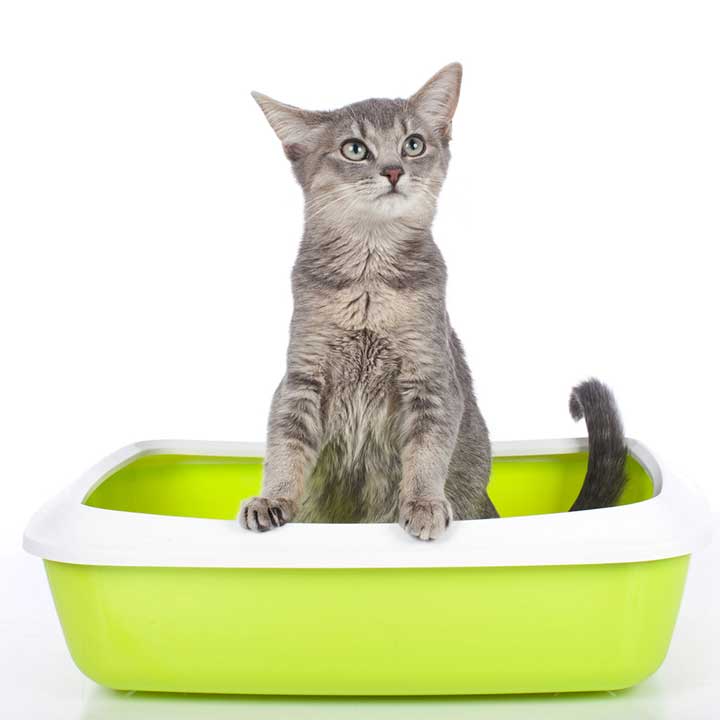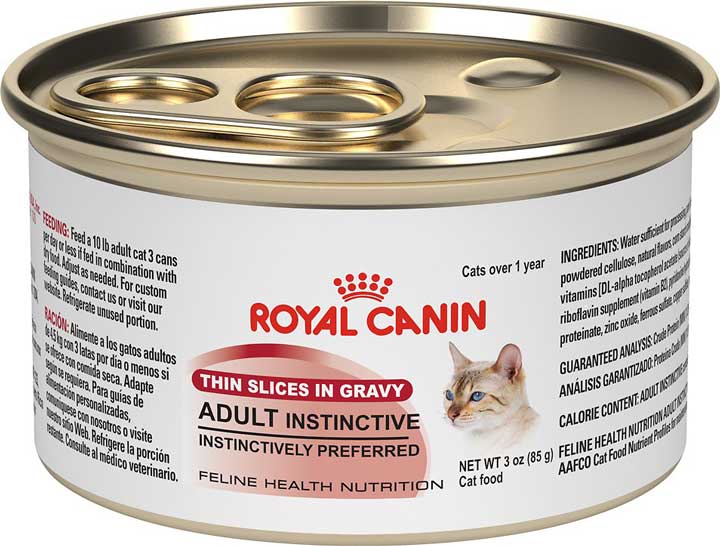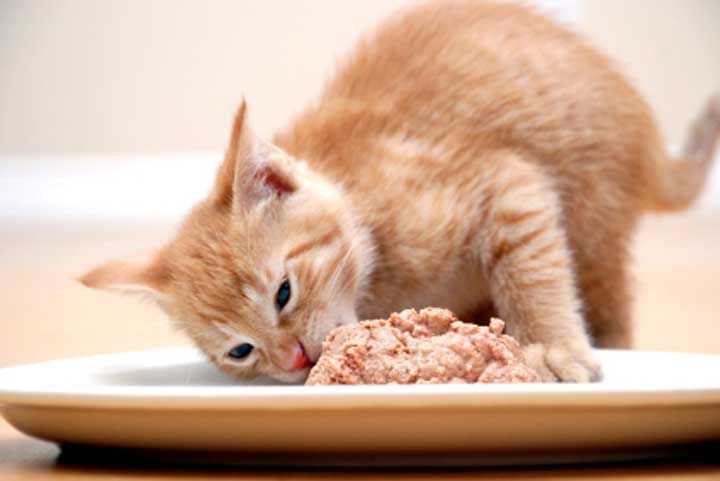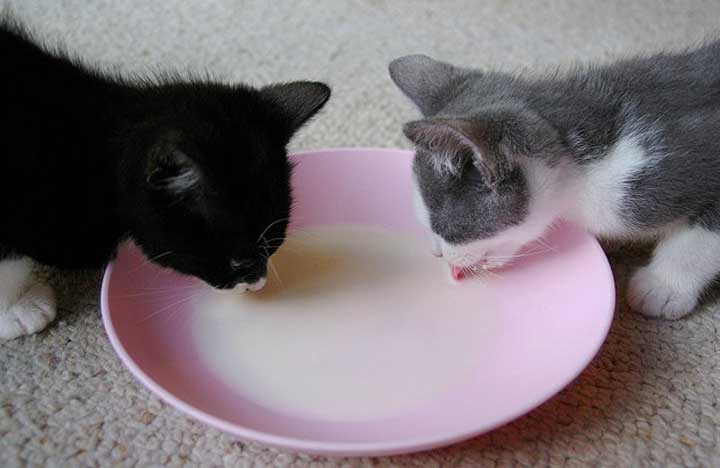Health
Manage Your Cat’s Diet To Prevent The Onset Of Feline Lower Urinary Tract Disease
One of the most common health ailments across all breeds of cats is Feline Lower Urinary Tract Disease (FLUTD). FLUTD is the umbrella term for a group of disorders that affect a cat’s bladder or urethra.
Disorders Under FLUTD
The most common disorder under FLUTD is cystitis, in which the bladder becomes inflamed and crystals and stones form in the urinary tract, making urinating extremely painful for the feline.

Other, related disorders are urethral obstruction, where the urethral tract is blocked with inflammatory cells or mucus. If the block is in a latent stage and is not treated within 24 hours, the urethra is capable of rupturing, which leads to death.
Symptoms & Treatment
Sounds scary, right? Be sure to monitor your cats’ urinary habits regularly to ensure that they’re not suffering from FLUTD.
Common symptoms include urinating outside the litter box, cries of pain while urinating, bloody, pink or dark urine, a reduced appetite, lethargy and frequent licking of the genital area.

If you notice these symptoms, take your cat immediately to a vet. He will run tests and possibly put your cat on medication to ease the pain. If the disorder is severe, he may suggest surgery.
Preventing The Onset Of FLUTD
Of course, as with everything, preventive steps are preferable to a cure. Taking a few simple steps can go a long way in reducing the likelihood of your cat developing FLUTD.
One of the chief causes of the disorder, vets widely agree, is because of stress and a stressful environment. Therefore, cat owners are advised to create a stress free environment for their cats; provide a scratching post and plenty of toys to keep them occupied and entertained. Of course, each cat has a different personality and would have different stressors; monitor your cat’s behaviour when it comes to common stressors like loud noises, a large amount of strangers, and other pets and try to make adjustments accordingly.
Vets also say that another cause of FLUTD is a lack of water in the cats’ diet. In the wild, a cat’s typical prey of rodents are made up of 70% water. House cats, therefore need to receive a similar amount of water to keep their system healthy; water goes a long way in flushing out any impurities from the urinary tract that could lead to the formation of stones or blocks.
Including Water In Your Cat’s Diet
Despite their body’s need for water, cat’s will not consciously drink from a bowl of water to replenish their store, as they are instinctively used to getting it from their food. A cat owner, therefore, needs to ensure that their cat is getting a good amount of water through his meals.
Keeping your cat on a dry cat food or kibble diet will not cut it, as the kibble has a very low water content. Instead, fed your cat tinned food which is immersed in water – try Royal Canine Gravy canned cat food or Whiskas tinned cat food; both are easily available in India.
If you’d rather keep your cat on a homemade diet ensure you are cooking the protein you feed it in stock and serving your cat the protein along with the stock. If you feed your cat tuna or mackerel or any other boneless fish, try combining the flesh in water and freezing this mixture in an ice cube tray. Mix these cubes with a small amount of carbohydrates (rice or bread), allow them to melt and feed your cat this meal.
You can also place flavoured waters, such as chicken or beef broth, cat milk and clam juice in a feeding bowl near your cat’s food to tempt him to drink more water.
Additionally, instead of feeding him one or two large meals a day, space out the meals to 4-5 feeds so that your cat remains hydrated throughout the day.
Taking these dietary measures will go a long way in ensuring that your cat is protected against a variety of urinary tract diseases.
























